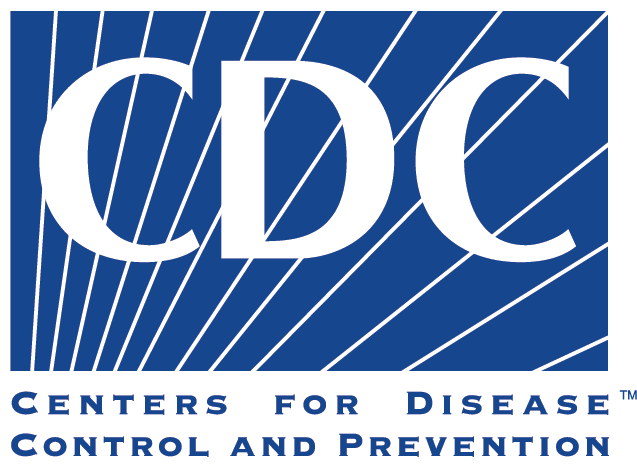It doesn’t matter if you received the Nobel Peace Prize. It doesn’t matter if you made it to the Olympics or patented your first invention freshman year of college: No one is going to read your resume if it’s 5-pages long.
Recruiters have to weed through hundreds — even thousands — of application submissions each day. Each employer spends an average of 6 seconds reviewing your resume, meaning that the way to catch an employer’s attention is not through quantity, but through quality.
Here are 5 ways you can get your resume down to one page, and to any students wondering, that’s a one-sided single page — not double-sided (yes, we’ve gotten this question before).
1. Alter the margins
As long as your words aren’t literally falling off the sides of the page, and there is a healthy amount of space in the margins, we recommend adjusting the top, bottom and side margins to just below one inch. If you’re using a Google doc, go to File > Page Setup to alter your margins. If you’re using Word, depending on the version, you can change your margins in the “Page Layout” tab, but no matter where you are editing your resume, make sure to always convert it to a PDF before you send to employers!
2. Take the font size down a notch
While your interviewer shouldn’t be squinting trying to read about your internship last summer, there are certainly some areas of your resume that don’t need to be the center of attention. Yes, your name should be a little larger than the rest of the text on the page, but does it need to be in bold, 20-point font at the top of the page? Probably not.
Students tend to make the mistake of making their name, contact info and section headers larger-than-life, so take a second look and see if those items on your resume can be downsized. You shouldn’t go below a 9 or 10-point font. In terms of font types, Garamond or Arial are great, professional fonts to use on your resume – but even if you don’t use those, definitely avoid fonts like Comic Sans at all costs.
3. Trim the fat
For those of you who didn’t peak in high school, we have good news: Unless you’re a college freshman or sophomore, your high school experience doesn’t need to be on your resume. You don’t even need to mention where you went to high school. Your resume is your chance to focus on recent accomplishments so that you can show employers that, with each semester and each year, you never stop #winning.
Trimming the fat is also extremely important if you know what you want your career path to be. Tailor your resume to the job you want, and make sure to highlight the relevant experience that shows you have what it takes to kill it in your new role.
4. Bullet points
Unless you’re writing an objective, no part of your resume should be in paragraph format. Bullet points make it much easier for employers to skim through your resume and find the important points they should really pay attention to. You don’t need to use full sentences for each point. For example, if you were in an editorial role that had you handling content strategy and production, you can say, “Managed editorial strategy and wrote 5 articles a week for the [company name] blog.” You should also make sure to begin each point with a great action word.
As a general rule, try to include no more than 3 or 4 bullet points per job on your resume – it’s a great way to highlight the most impactful contributions you made in your role.
5. Leave references off the page
While it’s great to have a running list of people you can count on during reference checks, this list does not need to be included on your resume. In the beginning phases of the job search, the recruiter needs to know primarily about your interests and your accomplishments – and your resume does just that. When you become a leading candidate and the recruiter comes closer to a decision, then you can offer up a list of references. Focus instead on what the employer will need for this stage of the process and remove your list of references from your resume.
A few things that should not be trimmed from your resume: contact information, your college education and skills and interests you may have.
Whether you’re putting together an internship resume or reformatting your resume for your first entry-level job, finding a way to be concise and to-the-point is the way to get your resume noticed. We promise it will pay off when you get called in for a first-round interview.





